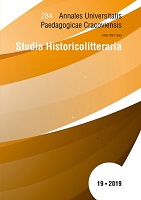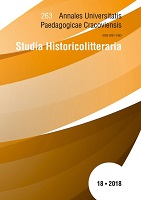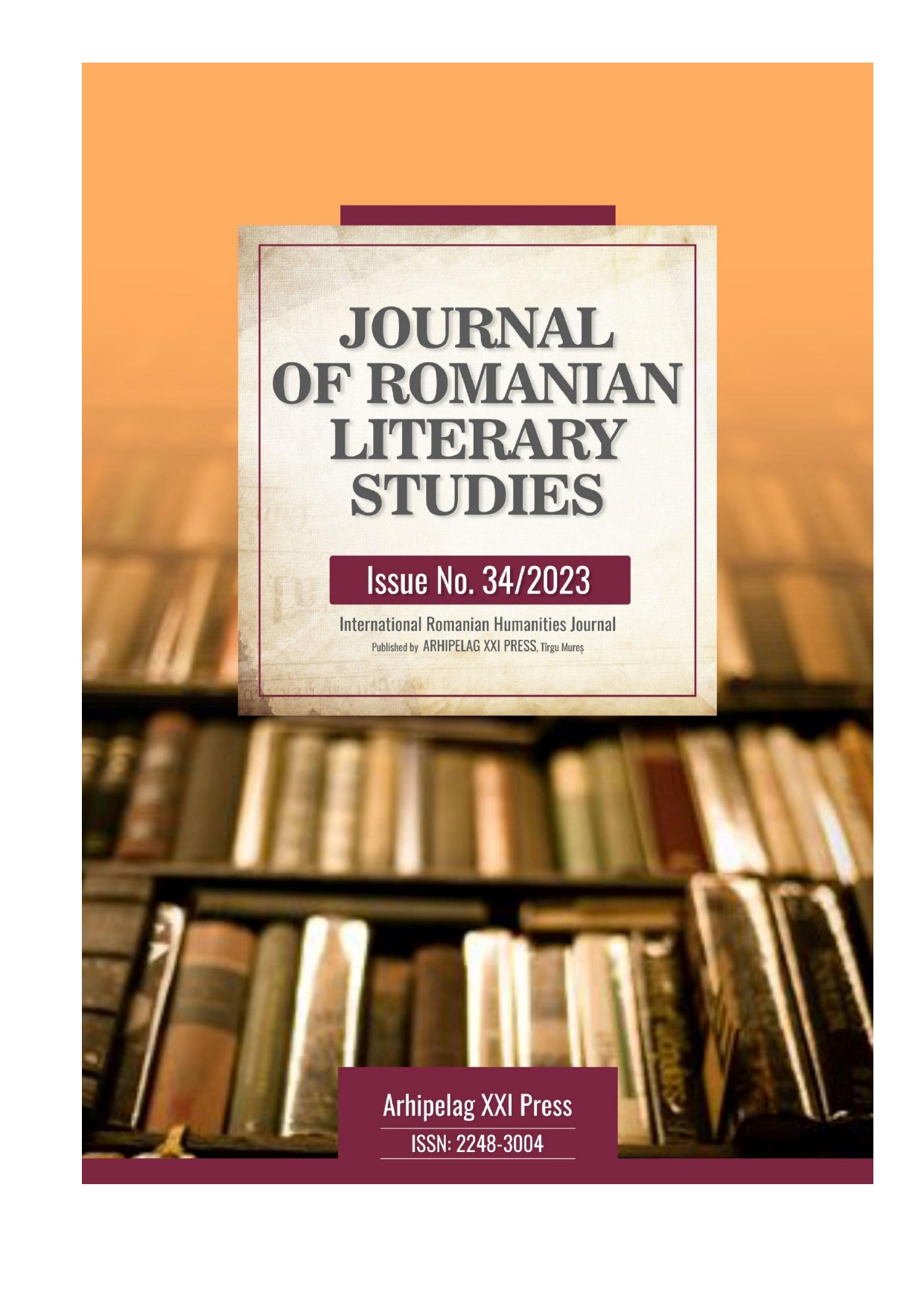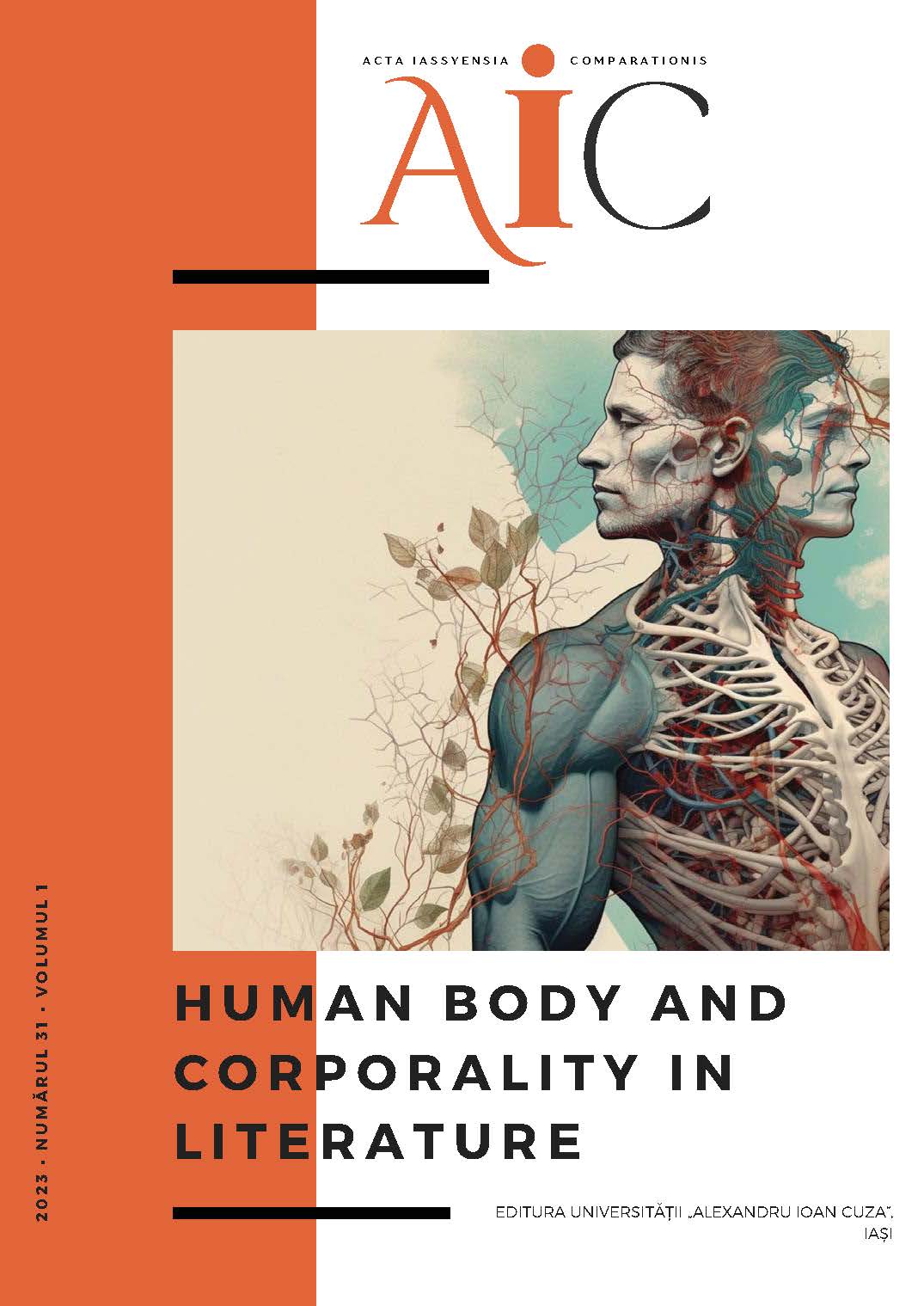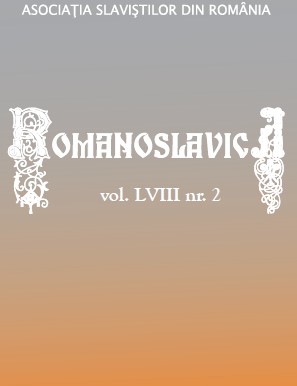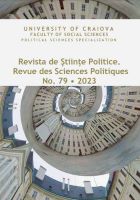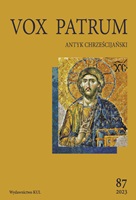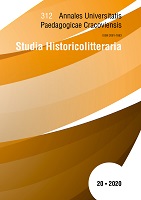
W kręgu późnobarokowej zootanatologii. Trzy próbki literackie Jana Ludwika Platera
A manuscript collection, literary Miscellanea, from the 18th century, which is in the possession of the Ossolineum Library, contains works written by Jan Ludwik Plater (ca. 1670-1736), a Livonian voivode. Three poems about little domestic animals, and more specifically - their dying, are worth the attention. The author, who was an educated man, wrote elegies for the death of the ‘turkey court’ favourites, following the model of ancient (Catullus, Ovid) and old-Polish (Kochanowski, Szymonowic) writers. He wrote light and graceful poems, which contain the features of an elegy but are also decorative in the Rococo style; on the one hand they ‘commemorate’ ephemeral beings, on the other hand they provoke thought on the universality of death.
More...
